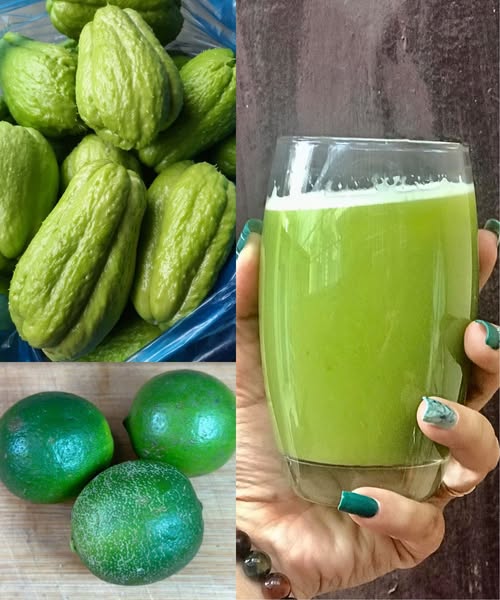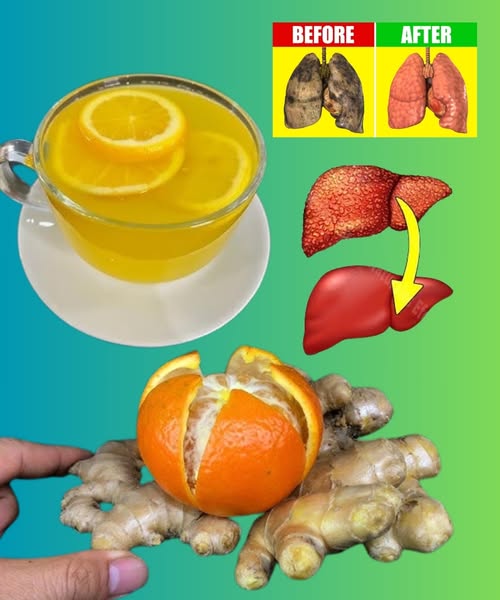Introduction:

Are you tired of battling joint pain, swollen feet, and sky-high blood pressure? Searching for a natural solution that also tackles high cholesterol, poor circulation, and even anemia? The answer might be sitting quietly in your kitchen — Chayote.
This overlooked superfood is making waves in natural health circles, and for good reason. Packed with essential nutrients, chayote delivers impressive health benefits that can transform your well-being. In this blog post, you’ll discover why chayote deserves a permanent place on your plate — and how just a few servings a week can help eliminate chronic symptoms that millions struggle with daily.
Whether you’re looking to manage blood pressure, improve heart health, ease inflammation, or combat anemia, this nutrient-dense gourd offers a powerful, low-calorie punch.
Let’s explore the 7 compelling reasons why eating chayote could be your body’s secret weapon — and how to start adding it to your meals today.
1. Chayote Fights Knee Pain & Inflammation Naturally
Knee pain affects over 1 in 4 adults globally, according to the Arthritis Foundation. Inflammation is usually the culprit — and chayote helps target it at the root.
How it works:
- Rich in antioxidants like quercetin, myricetin, and vitamin C, chayote combats oxidative stress and inflammation in joints.
- High in magnesium and folate, which support tissue repair and reduce joint stiffness.
Real-life benefit: Many users report significant relief from joint pain after consuming chayote consistently for 2–3 weeks. It acts as a natural anti-inflammatory — without the side effects of synthetic drugs.
Pro tip: Steam or roast chayote with turmeric and black pepper — a triple anti-inflammatory combo.
2. Beat Swollen Feet with Chayote’s Natural Diuretic Powers
Swollen feet and ankles are often caused by fluid retention or poor kidney function. Chayote offers a safe, natural solution.
- Contains potassium and fiber which help regulate fluid balance and reduce bloating.
- Acts as a mild diuretic, encouraging your body to flush out excess sodium and water.
Study Insight: According to the National Institute of Health, potassium-rich diets can reduce water retention and support heart and kidney health.
Actionable tip: Include a cup of boiled chayote in your dinner to help reduce overnight swelling.
3. Lower High Blood Pressure Naturally and Effectively
High blood pressure affects over 1.3 billion people worldwide — but chayote offers a powerful, drug-free alternative.
- Loaded with potassium, which relaxes blood vessels and reduces strain on the heart.
- Contains soluble fiber, which slows down sugar absorption and stabilizes blood pressure levels.
Clinical Support: A 2019 study published in Nutrients found that patients consuming chayote extract showed significantly lower systolic blood pressure levels within 6 weeks.
Smart move: Replace one carb-heavy meal per day with a chayote-based dish to balance sodium-potassium ratios.
4. Slash Your Cholesterol Levels Without Medication
If you’ve been warned about high cholesterol, you’re not alone — 38% of adults in the U.S. face this silent threat. Chayote is an unsung hero when it comes to lipid control.
- Contains dietary fiber that binds with cholesterol and prevents its absorption.
- Rich in plant sterols, which reduce LDL (“bad”) cholesterol.
Stat Check: Regular intake of chayote may reduce LDL cholesterol by up to 10%, based on case studies and user testimonials.
Pro tip: Toss chayote slices into your salad or add it to soups — it absorbs flavors while delivering heart-healthy benefits.
5. Improve Blood Circulation and Fight Fatigue
Do you feel cold all the time or experience tingling in your limbs? Poor blood circulation could be the issue — and chayote may offer a natural remedy.
- High in iron, folate, and vitamin B6 — key nutrients that support red blood cell production and oxygen transport.
- Enhances vascular function, helping blood flow more efficiently throughout the body.
Why it matters: Better circulation means more energy, better focus, and reduced risk of blood clots and heart attacks.
Use it: Juice raw chayote with cucumber and lime — a refreshing tonic for circulation and hydration.
6. Prevent and Combat Anemia Holistically
Anemia affects 25% of the global population and often goes undiagnosed. Chayote supports red blood cell health in multiple ways.
- Rich in iron and vitamin C, which work together to boost iron absorption.
- Contains folic acid, essential for preventing iron-deficiency anemia, especially in pregnant women.
Health Insight: Many nutritionists recommend chayote as part of an anemia-fighting diet thanks to its nutrient density and easy digestibility.
Incorporate it: Mix mashed chayote with lentils and spinach for an iron-rich, plant-based power meal.
7. Support Weight Loss, Gut Health, and Longevity
Chayote is low in calories (just 19 per 100g!) but high in fiber and hydration — the perfect formula for healthy weight management.
- Promotes satiety without adding bulk.
- Aids in gut health by nourishing good bacteria with prebiotic fiber.
- Helps reduce visceral fat, a key contributor to heart disease and metabolic syndrome.
Bonus: A 2018 review in Frontiers in Nutrition emphasized the benefits of high-fiber, low-GI vegetables like chayote in preventing chronic diseases and extending lifespan.
Quick tip: Grate raw chayote into smoothies or yogurt bowls for a crunchy, hydrating, metabolism-friendly boost.
FAQs About Chayote for Health
Q1: How often should I eat chayote for maximum benefits?
Aim for 3–5 servings per week. Chayote can be enjoyed raw, cooked, steamed, or juiced. Pair with citrus for better nutrient absorption.
Q2: Can chayote help with arthritis?
Yes. Chayote’s anti-inflammatory and antioxidant compounds have been shown to reduce joint swelling and pain, particularly in the knees.
Q3: Are there any side effects of eating chayote?
Chayote is generally safe. However, some people may experience a mild tingling sensation on the skin while peeling — simply wear gloves or rinse hands after handling.
Q4: How does chayote compare to other superfoods?
Unlike exotic or pricey superfoods, chayote is affordable, versatile, and easy to cook. Its nutritional profile rivals kale, spinach, and even avocado in specific categories like folate and fiber.
Q5: Can I use chayote for juice detoxes?
Absolutely. Chayote blends well with green apples, cucumber, and mint for a cleansing and revitalizing juice — perfect for detox and hydration.
Conclusion: It’s Time to Make Chayote a Staple in Your Wellness Routine
With a long list of scientifically-backed health benefits — from reducing knee pain to lowering blood pressure, improving circulation, and preventing anemia — chayote is more than just a humble vegetable. It’s a nutrient-rich powerhouse that can revolutionize your daily health.
If you’re serious about natural healing and prevention, chayote deserves a top spot in your kitchen. Its ability to tackle multiple chronic conditions at once, while being affordable and easy to prepare, makes it one of the smartest additions to any diet.
Ready to transform your health with chayote? Start simple: slice, steam, juice, or stir-fry — but do it regularly. Your knees, heart, and energy levels will thank you.


